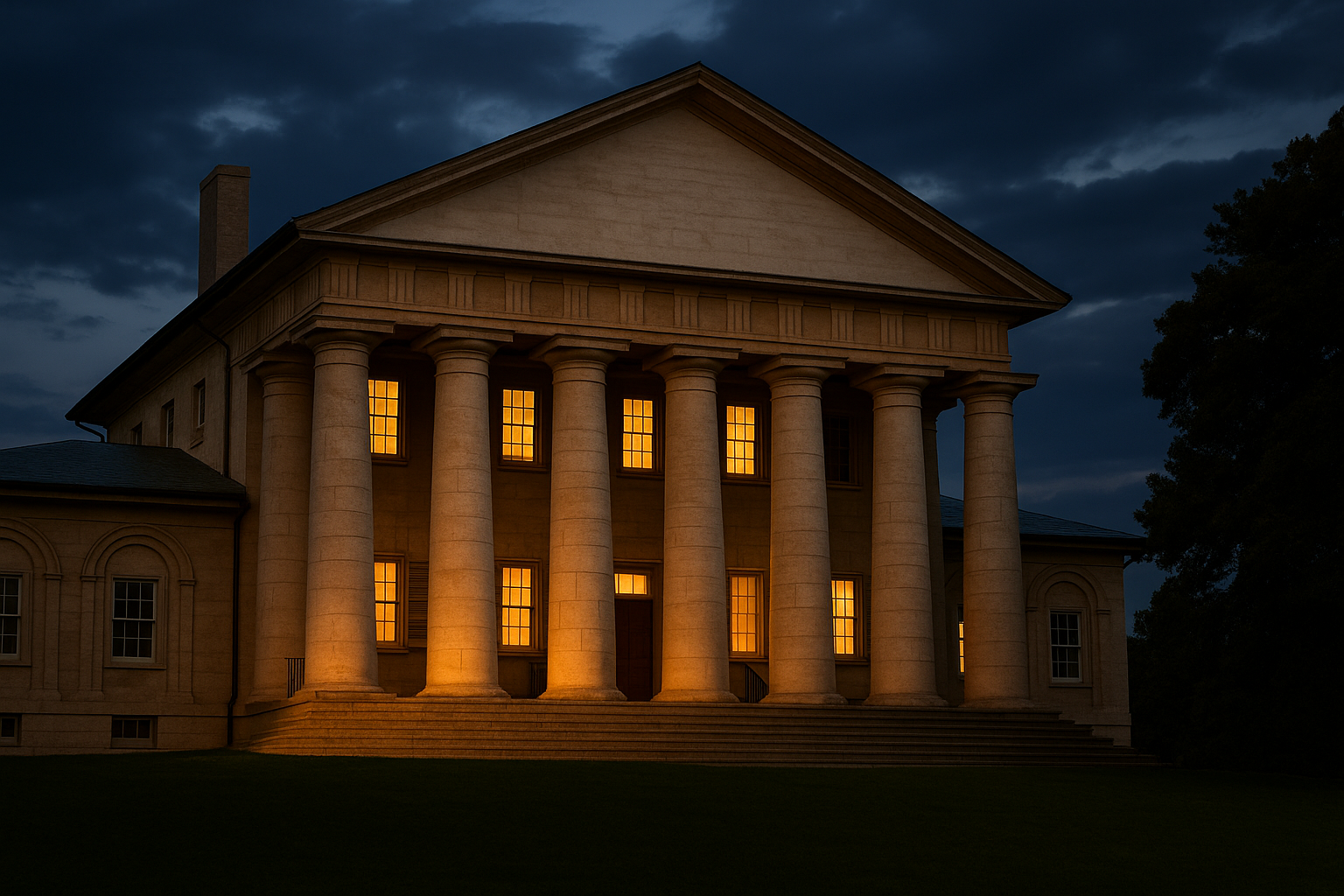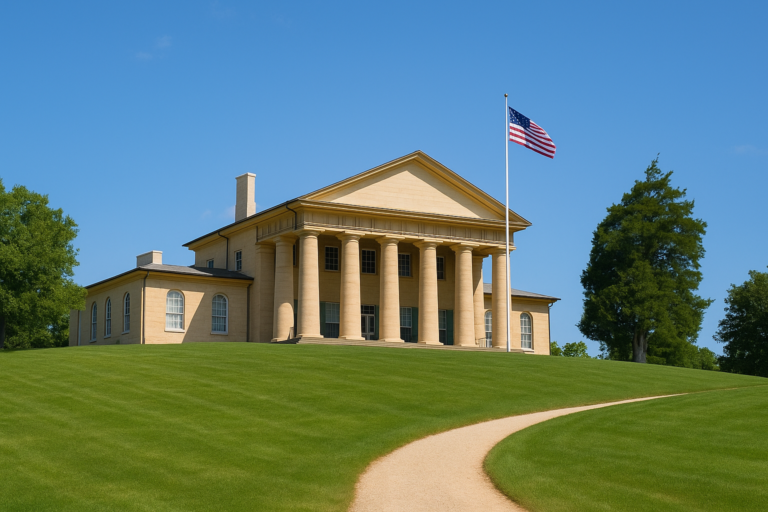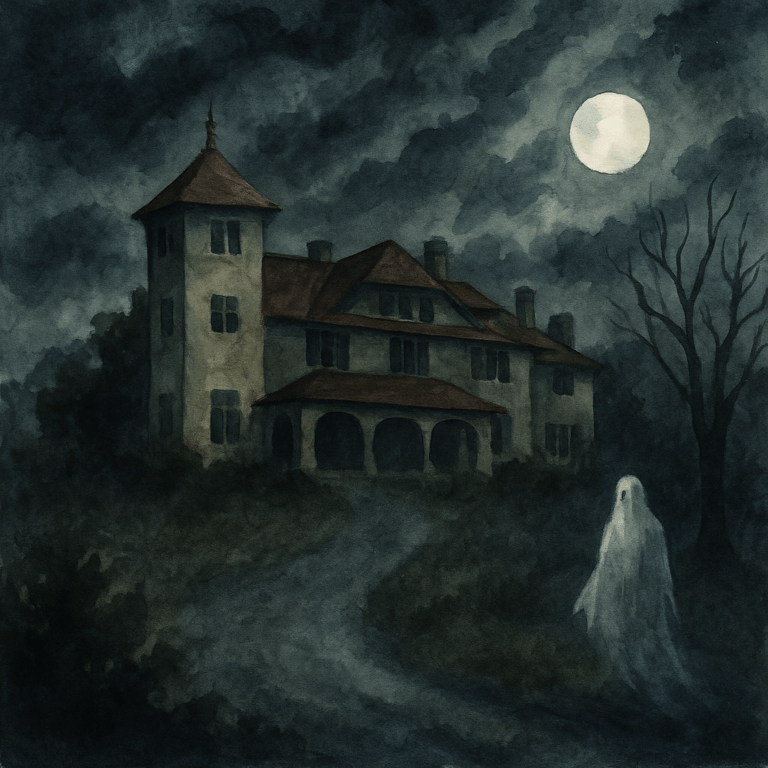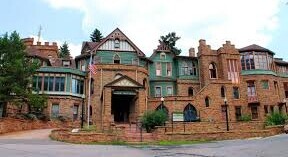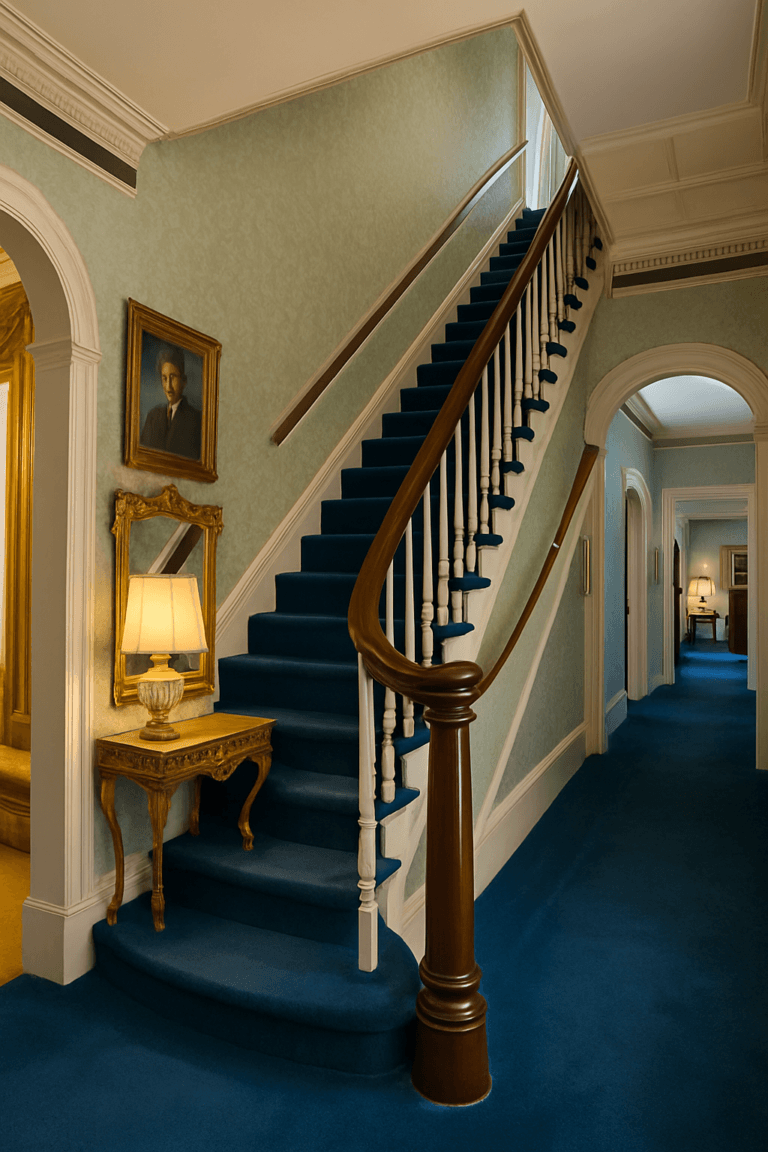Secrets In The Walls: The Hidden History Of Arlington House
Arlington House is many things—home, memorial, battleground, museum. But beyond the artifacts and furniture lies a deeper story, one built into the very structure of the estate. If you know where to look—and what to listen for—you’ll uncover the forgotten corners and quiet contradictions that make this place unforgettable.
🔍 Built to Honor, Built by the Enslaved
At first glance, the stately elegance of Arlington House feels like a celebration of democratic ideals. That was, in fact, its original purpose—built by George Washington Parke Custis to honor his step-grandfather, George Washington. But beneath the marble-like plaster and sweeping columns lies a truth often overshadowed: the mansion was constructed and maintained by enslaved labor.
Many of the original bricks were hand-formed by people who had no say in the legacy they were building. Their names are not carved in the stonework, but their fingerprints linger. The estate stands today not only as a presidential tribute, but as a powerful reminder of those whose lives built its foundation.
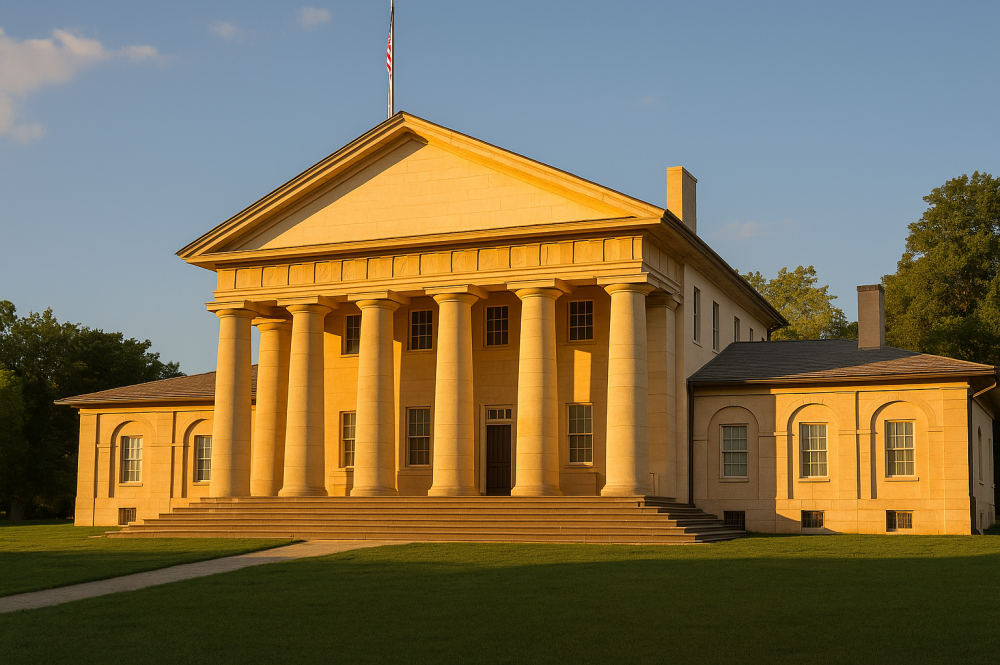 The front facade of Arlington House, designed in the Greek Revival style. Its grandeur masks the complex human stories that shaped it.
The front facade of Arlington House, designed in the Greek Revival style. Its grandeur masks the complex human stories that shaped it.
📜 The Ghosts of Departure
In 1861, Robert E. Lee stood in the doorway of Arlington House and made a final choice—resign from the U.S. Army and join the Confederacy. He would never return. Mary Custis Lee, already ill and deeply conflicted, wrote that she knew she would never see her home again.
Rumors have long swirled around that hurried departure: of personal papers and family heirlooms buried on the grounds, of items lost to history, and of the weight Lee carried as he walked away. No treasure has ever been confirmed, but the emotional imprint of that moment still resonates through the home.
🏪 Stories That Were Almost Lost
For decades, the lives of the enslaved community at Arlington House were confined to the background. Today, their quarters have been uncovered and restored—but more than that, their stories are being told.
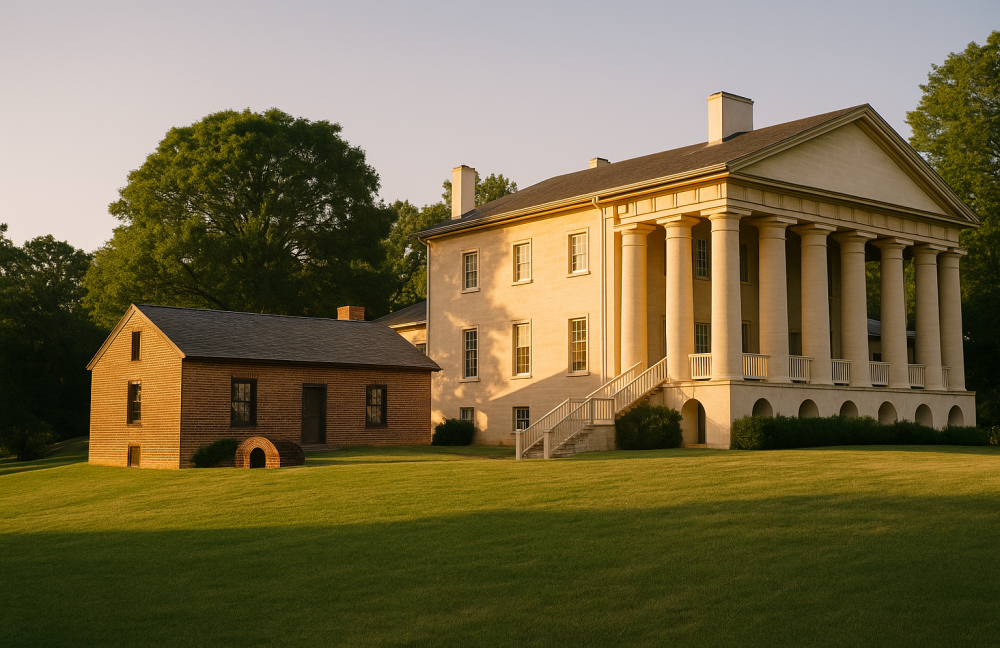 The rear of Arlington House and its preserved outbuildings—once home to the enslaved individuals who kept the estate running.
The rear of Arlington House and its preserved outbuildings—once home to the enslaved individuals who kept the estate running.
Step inside these modest buildings and imagine the daily rhythms: meals prepared, children raised, skilled crafts practiced under difficult conditions. The National Park Service now incorporates these voices into every tour and interpretive exhibit, ensuring their history is no longer buried beneath the grandeur.
⚰️ A Cemetery Born from Protest
During the Civil War, Arlington House was seized by the Union, and Quartermaster General Montgomery Meigs—who had once served under Lee—made a deliberate decision: he ordered soldiers to be buried on the estate’s lawn.
 From Arlington House, the view stretches across Arlington National Cemetery—layered in legacy, sacrifice, and symbolism.
From Arlington House, the view stretches across Arlington National Cemetery—layered in legacy, sacrifice, and symbolism.
It wasn’t just a matter of space. It was a statement. The former home of the Confederate general would now serve as a resting place for those who died fighting against the Confederacy. The first graves appeared near Mary Lee’s garden. By war’s end, the grounds had become Arlington National Cemetery.
👻 Whispers, Echoes, and Unsolved Legends
While not part of any official exhibit, longtime staff have passed down strange tales: of footsteps in empty hallways, muffled voices, and flickering lights. Whether you believe in spirits or not, it’s hard to deny that Arlington House holds a certain weight—a silence that feels just a little too full.
🕵️ Hidden Stories to Look For
- 🧱 Brickwork with initials – Look for weathered bricks near the kitchen wing etched with carved letters, possibly left by enslaved workers.
- 🪑 Custis Relics – Inside, notice the artifacts marked as relics of George Washington—some authentic, some still debated.
- 🌹 The Rose Garden Graves – What was once a place of family beauty became a burial ground in a symbolic act of reclamation.
- 📚 Unmarked transitions – Moving from the house to the quarters, from drawing room to garden, you’ll feel the shift in story—layered, unresolved, and worth pausing for.
🔚 Echoes That Still Linger
Arlington House is not just a chapter of Civil War history or a presidential footnote—it’s a mosaic of lives, choices, and silences. It doesn’t offer easy answers. But it does offer a rare chance to stand in a place where history hasn’t settled—and to listen for what still lingers in the walls.
🔗 Back to the Full Article:Arlington House DC: Where The Past Overlooks The Present
Explore the complete story of Arlington House, including what you’ll see on your visit and why it continues to resonate through generations.

